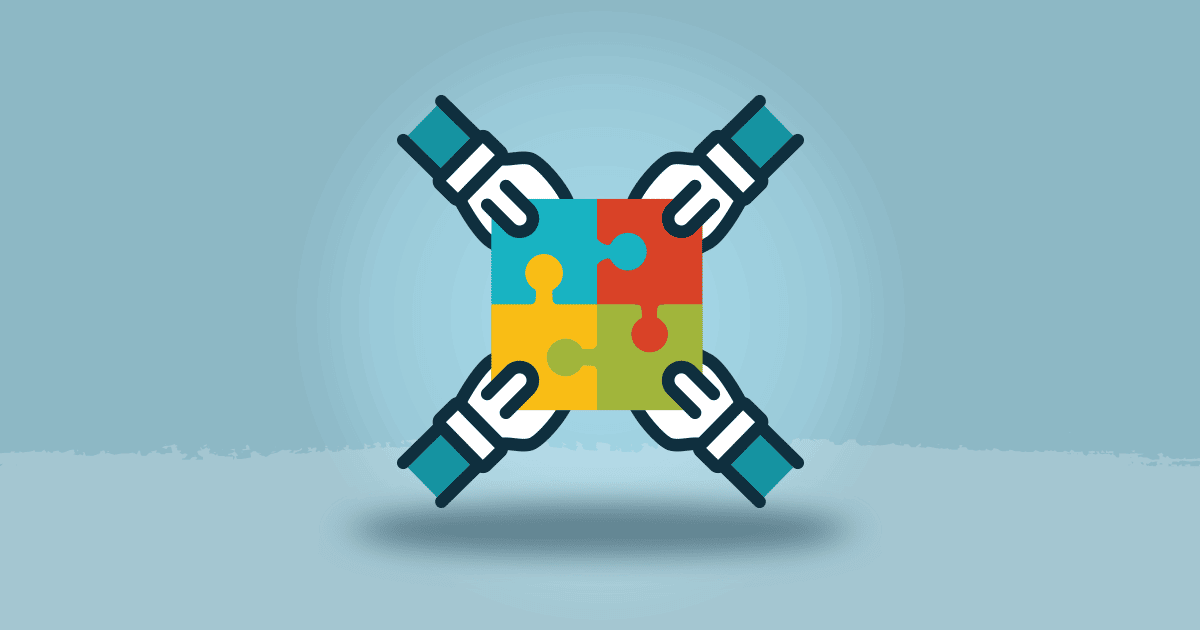It’s a given – not everyone on your team is going to have the same work style. One person may like to talk things out while another prefers to create a checklist alone. Half the team wants a quick decision, while the other half needs time to consider all their options first.
Good, bad or neutral, these behavior styles shape how your employees see the world, communicate with each other and prioritize activities. In the office, the inherent friction of people with a room of differing behaviors can produce significant problems, including missed deadlines, lack of team cohesion and hurt feelings.
So, how can you truly get your team to work together harmoniously? How can you help everyone get in sync?
It starts with gaining a better understanding of yourself and others – for you and your employees to learn each other’s preferred way of working and communicating.
DISC: An assessment tool that can help your team get in step
DISC is a popular, time-tested behavioral analysis method that helps leaders and employees understand their own and other people’s default behaviors and preferred work styles. Created in the 1920s, DISC came into popular use in the business world in the 1970s. Teams members who have taken the DISC assessment and training experience:
- Better self-awareness
- Improved productivity
- Decreased conflict
Improving self-awareness
DISC was developed by Harvard psychologist Dr. William Marston. Marston believed that the range of human behavior falls into four types he dubbed Dominance, Influence, Steadiness and Compliance. A variety of measurement tools have been created since then to help people adapt this theory to the workplace.
The acronym DISC represents the four common behavior styles Marston identified:
D – Dominance
This person wants to get the job done. D’s tend to be fast-paced and task-oriented. They prefer respect, control and challenge.
I – Influence
I’s want to have fun. Also fast-paced, I’s add energy to the room, like lots of people interaction and need recognition and enthusiasm.
S – Steadiness
This employee wants everyone to be nice. S’s tend to be reserved, team-oriented and slower paced. They support those around them and are good at listening.
C – Conscientiousness
C’s want to be precise and careful. C’s care about the small details and value accuracy. They prefer logic and data-based decisions.
Reducing conflict, improving productivity
Obviously, a good team needs a mix of styles for success. It’s important to remember that everyone is a unique blend of all four styles, none of them right or wrong. These behaviors are simply an individual’s comfort zone.
By understanding your own default style, you gain self-awareness that helps you interact more effectively with others.
For instance, if you tend to be reserved and slow-paced (S or C), you can prepare for a meeting with your fast-paced colleagues knowing you need to make your point quickly (D) or be ready to discuss your idea (I). Adapting to your coworkers’ needs improves the chances they will listen to, understand, and receive your ideas more favorably.
Here’s one example of DISC in action: Let’s say you have one team member who is a high “I” (fast-paced, people-oriented) who is presenting an idea to a “C” teammate (slow-paced, task-oriented). When the “I” teammate is talking, the “C” teammate hesitates to react (she just sits quietly).
The “I” interprets this hesitation as disagreement because, as an “I”, her natural reaction is to outwardly display her feelings. So she keeps trying to sell her idea (talking, talking, talking) to the “C”, trying to get her to show her agreement. But that’s not the “C’s” natural way of reacting. So, the “I” just ends up annoying and overwhelming the “C” teammate.
DISC training can help them both understand the concept of “My communication meets your interpretation.”
Despite what she believes, the “C” isn’t judging the “I’s” idea unfavorably. After going through DISC training, the “I” teammate learns that the “C” teammate just needs time to think through the processes, develop questions and internally try out potential scenarios before giving her feedback or opinion.
But it’s also not a one-way street. The “C”, in turn, learns her “I” coworker needed her to think out loud rather than sit quietly.
When employees understand each other’s behavioral tendencies and preferences, they have an easier time finding a middle ground. This leads to less tension when working together, more efficient division of projects and greater speed in decision-making.
Taking charge of the workplace environment
By understanding yourself and your team within the DISC framework, a leader can better manage a team. For instance, say you are a sales manager and have learned that the in-house team is frustrated with the outside sales force. Try analyzing the situation through the lens of DISC.
It may be that your outside salespeople are strong I’s who concentrate on personal interaction and enthusiasm to make a sale while being uninterested by the paperwork and procedures associated with their sales. Meanwhile, the in-house team members are greatly interested in the details of a sale and need the paperwork processed in order to feel like they’re doing their jobs well.
By understanding one another’s key tendencies and preferences, the sales people can learn to listen to and appreciate the in-house team’s process concerns and advice about details, deadlines and paperwork. In turn, the in-house team can learn to speed up their explanations to meet the needs (preferences) of the outside sales team. Both sides benefit from improved listening and reduced workplace conflict.
It’s important to remember that people don’t do things against you; they normally do things for themselves and that includes behaving in a way most comfortable for them. By arming yourself with a better understanding of DISC personalities, any leader can take charge of their environment and improve team performance.
Discover more tips for avoiding workplace conflict and building a better team. Download your free e-book, How to Develop a Top-notch Workforce That Will Accelerate Your Business.


